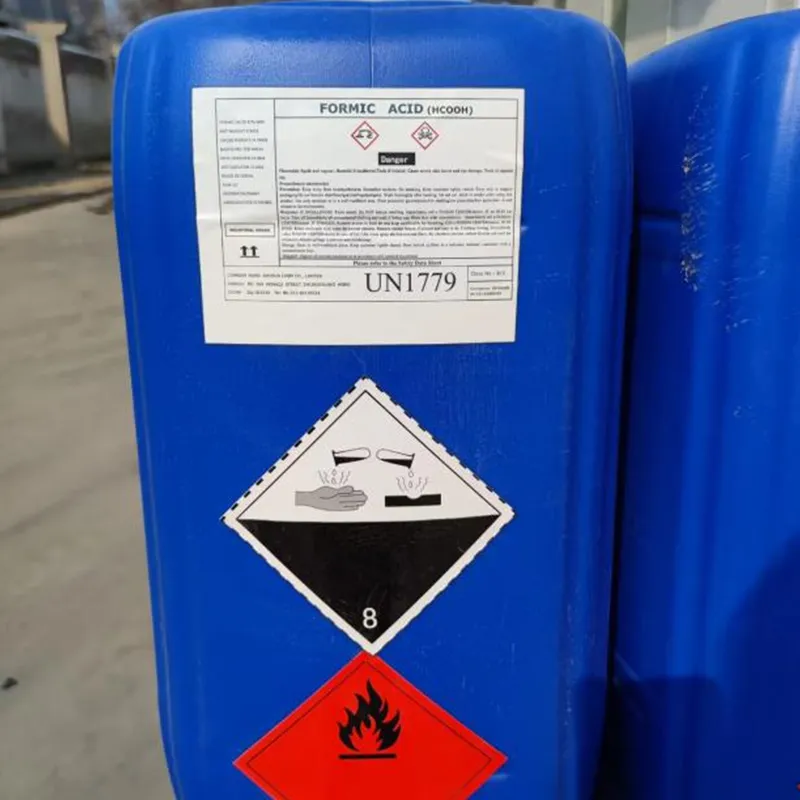
Understanding E150d Food Additive and Its Impact on Food Quality and Safety
Understanding E150d The Caramel Color Food Additive
Food additives have become a common aspect of modern food production, enhancing flavor, preserving freshness, and improving appearance. Among the numerous additives used, E150d, a specific type of caramel color, stands out for its versatility and application in various food products. E150d is a food-grade caramel that is primarily used as a coloring agent, and understanding its properties, uses, and safety can shed light on its role in the food industry.
What is E150d?
E150d, also known as liquid caramel or caramel color, is derived from the controlled heating of carbohydrates, such as sugars. The process involves caramelization, which results in the formation of a dark liquid that can range in color from light amber to near-black. This particular type of caramel color is produced using ammonium compounds, giving it unique properties compared to other caramel colors (E150a, E150b, and E150c).
Uses of E150d
E150d is predominantly used in the food and beverage industry to enhance color and, in some cases, provide a distinct flavor. It's commonly found in a variety of products, including soft drinks, sauces, baked goods, and confections. For example, it is widely used in colas and other dark sodas to achieve the signature brown hue that consumers associate with these beverages. Additionally, E150d is often added to gravies, dressings, and marinades to provide an appetizing appearance.
e150d food additive

The versatility of E150d makes it an attractive option for manufacturers looking to improve the visual appeal of their products without altering flavor profiles. Moreover, it is stable under high temperatures and can withstand various pH levels, making it ideal for a wide range of food applications.
Safety and Regulations
The safety of food additives, including E150d, is a significant concern for both consumers and regulatory bodies. E150d has been extensively studied, and regulatory authorities such as the European Food Safety Authority (EFSA) and the U.S. Food and Drug Administration (FDA) have deemed it safe for consumption within specified limits. In the European Union, E150d is classified as a permitted food additive, and its use is regulated to ensure that it does not pose health risks to consumers.
However, some individuals may have sensitivities or allergies to certain components used in food additives, including caramel color. It is always essential for consumers to read ingredient labels, especially those with specific dietary concerns.
Conclusion
E150d, or liquid caramel color, plays a significant role in modern food production by enhancing the visual appeal of a wide array of products. Its ability to provide a rich, dark hue without significantly altering flavor makes it an indispensable tool for food manufacturers. While extensive research supports its safety as a food additive, informed consumers should remain vigilant about ingredient labels and potential sensitivities. As the food industry continues to evolve, understanding additives like E150d can help consumers make informed dietary choices and appreciate the intricacies of food production.
-
Pure Sodium Dichloroisocyanurate Dihydrate | Powerful DisinfectantNewsAug.29,2025
-
Industrial Chemicals: Quality & Purity for Every IndustryNewsAug.28,2025
-
Nitrile Rubber Honoring Strict Production StandardsNewsAug.22,2025
-
Aspartame Ingredients Honoring Food Safety ValuesNewsAug.22,2025
-
Fertilizer for Balanced Plant NutritionNewsAug.22,2025
-
Cyanide Gold Processing with High Purity AdditivesNewsAug.22,2025
-
Formic Acid in Textile Dyeing ApplicationsNewsAug.22,2025
Hebei Tenger Chemical Technology Co., Ltd. focuses on the chemical industry and is committed to the export service of chemical raw materials.
-

view more DiethanolisopropanolamineIn the ever-growing field of chemical solutions, diethanolisopropanolamine (DEIPA) stands out as a versatile and important compound. Due to its unique chemical structure and properties, DEIPA is of interest to various industries including construction, personal care, and agriculture. -

view more TriisopropanolamineTriisopropanolamine (TIPA) alkanol amine substance, is a kind of alcohol amine compound with amino and alcohol hydroxyl, and because of its molecules contains both amino and hydroxyl. -

view more Tetramethyl Thiuram DisulfideTetramethyl thiuram disulfide, also known as TMTD, is a white to light-yellow powder with a distinct sulfur-like odor. It is soluble in organic solvents such as benzene, acetone, and ethyl acetate, making it highly versatile for use in different formulations. TMTD is known for its excellent vulcanization acceleration properties, which makes it a key ingredient in the production of rubber products. Additionally, it acts as an effective fungicide and bactericide, making it valuable in agricultural applications. Its high purity and stability ensure consistent performance, making it a preferred choice for manufacturers across various industries.





